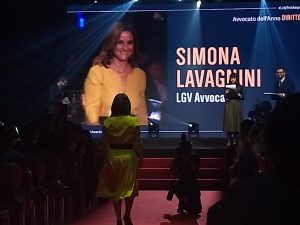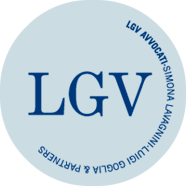SIMONA LAVAGNINI AWARDED AS “COPYRIGHT LAWYER OF THE YEAR” AT LEGALCOMMUNITY IP & TMT AWARDS 2019
14/05/2019
Simona Lavagnini, founding partner of LGV Avvocati, once again confirmed as a top-level professional in copyright law.
Legal Community, which since several years is active in rating law firms and individual professionals on the Italian scene, has awarded the prize of “Copyright Lawyer of the Year” to Simona Lavagnini.
The ceremony took place on May 13, 2019 at the event that Legal Community dedicates to the IP & TMT Awards, bringing together the most prominent professionals in the field of intellectual property law.
Mrs. Lavagnini has achieved such important recognition thanks to her solid skills in copyright, which allowed her to distinguish among the Italian professionals, especially in the field of new technologies. Simona Lavagnini is particularly appreciated by her clients for her concrete and innovative action, as well as for the creativity used in facing challenges and new legal issues.
Lavagnini’s prize at the IP & TMT awards, especially in relation to a constantly developing field such as copyright in new technologies, is paradigmatic of the expertise and specialization of LGV Avvocati, which has a dedicated team of professionals all active and competent in the field of copyright and new technologies. In addition, this recognition further strengthens the presence and influence of LGV Avvocati in the field of copyright and IP intangible asset protection, giving the firm an important role in an increasingly competitive market.

